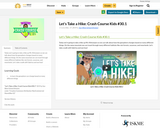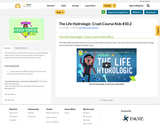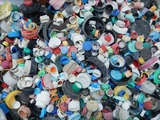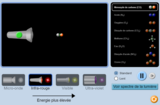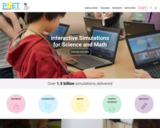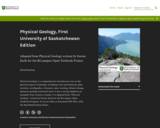Summary – the theory of plate tectonics had enabled us to explain the origin of earthquakes, volcanoes, mountain building and has told us the fascinating history of the earth. To find out the evidence for all this watch “Wegener and the proof of continental drift.”
Tags: digital learning, online learning, learn chemistry, school chemistry, chemistry, gcse chemistry, high school chemistry, chemistry help, free online education, fuseschool, fuse school, Tectonic plates, earthquakes, volcano, mountains, glaciers, hot spots, islands, sediment, subducted, convergent boundaries, continental crust, Atlantic Ocean, continental drift, cconvection currents, convergent plate boundary, divergent plate boundary
SUBSCRIBE to the FuseSchool YouTube channel for many more educational videos. Our teachers and animators come together to make fun & easy-to-understand videos in Chemistry, Biology, Physics, Maths & ICT.
VISIT us at www.fuseschool.org, where all of our videos are carefully organised into topics and specific orders, and to see what else we have on offer. Comment, like and share with other learners. You can both ask and answer questions, and teachers will get back to you.
These videos can be used in a flipped classroom model or as a revision aid.
Find all of our Chemistry videos here:
https://www.youtube.com/watch?v=cRnpK...
Find all of our Biology videos here:
https://www.youtube.com/watch?v=tjkHz...
Find all of our Maths videos here:
https://www.youtube.com/watch?v=hJq_c...
Twitter: https://twitter.com/fuseSchool
Access a deeper Learning Experience in the FuseSchool platform and app: www.fuseschool.org
Follow us: http://www.youtube.com/fuseschool
Friend us: http://www.facebook.com/fuseschool
This Open Educational Resource is free of charge, under a Creative Commons License: Attribution-NonCommercial CC BY-NC ( View License Deed: http://creativecommons.org/licenses/b... ). You are allowed to download the video for nonprofit, educational use. If you would like to modify the video, please contact us: info@fuseschool.org
